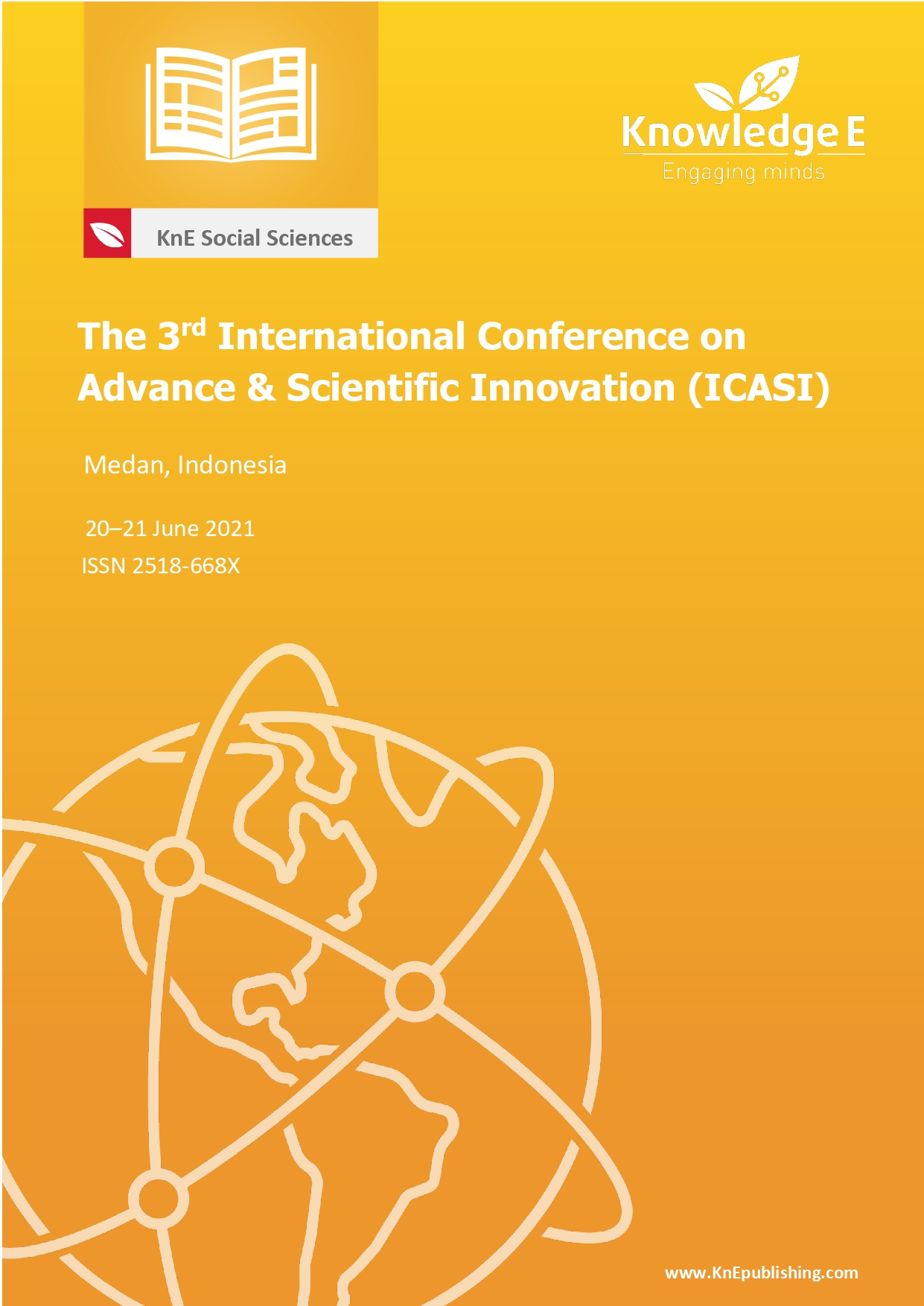Concept and Implemented Blended Learning for Higher Education
DOI:
https://doi.org/10.18502/kss.v7i10.11373Abstract
Learning is a complex system that requires multiple perspectives and levels of study to understand players’ context, dynamics, and interactions, especially those related to technological innovation. This paper aims to identify some of the most promising trends in the adoption of blended learning in higher education and the capabilities that technology provides (e.g., ratification) and the contexts in which these capabilities are used. This literature review selected and analyzed 45 peer-reviewed journal articles. The findings highlight some of the capabilities of digital education technology. In particular, digital tools or platforms that support human-machine interaction can help enhance automated processes to deliver blended learning. Digital technologies such as video capsules and intelligent guidance systems can help improve teaching and learning in this context. To start, by increasing student access and facilitating independent online learning activities. Second, by providing a personalized learning path for each student, increasing opportunities for activities and feedback outside the classroom. Educational technology capabilities contribute to the identification of optimal approaches to align learning objectives in technology-based implementation. Additional research will be needed to validate these findings empirically.
Keywords: Concep Learning,Implemented learning; Blended Learning; Higher Education
References
Nasional USP. LAW OF THE REPUBLIC OF INDONESIA NUMBER 20 YEAR 2003 CONCERNING NATIONAL EDUCATION SYSTEMS. Acta Pædiatrica. 2003;20:6–
Ömeroğullar M, Guill K, Köller O. Effectiveness of private tutoring during secondary schooling in Germany: Do the duration of private tutoring and tutor qualification affect school achievement? Learn Instr. 2020;66(February):
Collins RL. Content analysis of gender roles in media: Where are we now and where should we go? Sex Roles. 2011;64(3–4):290–
Alquézar Sabadie JM, Castaño Muñoz J, Puni Y, Redecker C, Vuorikari R. OER: A European Policy Perspective. J Interact Media Educ. 2014;
Aldiab A, Chowdhury H, Kootsookos A, Alam F. Prospect of eLearning in Higher Education Sectors of Saudi Arabia: A Review. In: Energy Procedia.
Montrieux H, Vanderlinde R, Schellens T, De Marez L. Teaching and Learning with Mobile Technology: A Qualitative Explorative Study about the Introduction of Tablet Devices in Secondary Education. Dalby AR, editor. PLoS One. 2015 Dec;10(12):e
Nelson Laird TF, Shoup R, Kuh GD, Schwarz MJ. The effects of discipline on deep approaches to student learning and college outcomes. Res High Educ. 2008;
Nurkhin A, Kardoyo, Pramusinto H, Setiyani R, Widhiastuti R. Applying blended problem-based learning to accounting studies in higher education; Optimizing the utilization of social media for learning. Int J Emerg Technol Learn. 2020;15(8):22–
Lu W, Zhou L, Liu G, Zhang Q. A Mixed Learning Objective for Neural Machine Translation. In: China National Conference on Chinese Computational Linguistics. Springer; p. 201–
Picciano AG. Blending with purpose: The multimodal model. J Asynchronous Learn Netw. 2009;13(1):7–
Francis R, Shannon SJ. Engaging with blended learning to improve students’ learning outcomes. Eur J Eng Educ. 2013;38(4):359–
Masikunas G, Panayiotidis A, Burke L. The use of electronic voting systems in lectures within business and marketing: a case study of their impact on student learning. ALTJ. 2007;15(1):3–
Dahlstrom E, Bichsel J. ECAR Study of Undergraduate Students and Information Technology, Educause. 2014;
Kamarga H. CONSTRUCTING ONLINE BASED HISTORY LEARNING: COMPARISON OF LEARNING CONTENT MANAGEMENT SYSTEM (LCMS) TO LEARNING MANAGEMENT SYSTEM (LMS). Hist J Pendidik dan Peneliti Sej. 2018;12(2).
Selwyn N. In praise of pessimism—the need for negativity in educational technology. Wiley Online Library;
Bovier, P. A., & Perneger TV (2007). Action research and reflective practice : towards a holistic view Action Research and Reflective Practice : towards a holistic view. Educ Action Res. 2006;
Jeffrey L, Milne J, Suddaby G, Higgins A. Blended Learning: How Teachers Balance the Blend of Online and Classroom Components. J Inf Technol Educ Res. 2014;13:121–

